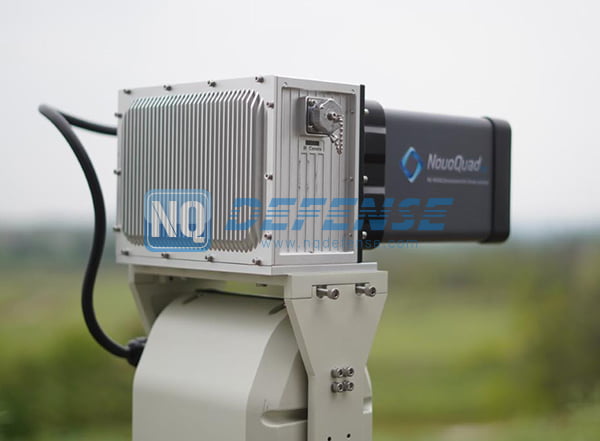
The payload of a drone/UAV (Unmanned Aerial Vehicle) is usually a camera that provides real-time full dynamic video and is linked to operator’s device. Some users weaponize drones, which makes them a high-level threat. These drones are everywhere, which drives the urgent need for anti-drone systems.
Drone relies heavily on electromagnetic communication, no matter for the command connection from the operator to the drone, the data link of the camera sensor from the drone to the operator, and the navigation based on GPS/GNSS.
Over the past few years, it has become more complex to define the demands of users. For example, a basic combat unit may need to deploy an anti-drone system to detect drones from a longer distance, to ensure that the drones could be quickly countered. On the other hand, the needs to protect government facilities place greater emphasis on multi-sensor fusion, integration of tracking and control systems and more automated countermeasures (reducing the manpower required to operate the system).
Anti-drone system could also be integrated with other security system facilities. For example, the anti-drone system to protect public activities usually needs to be deployable, able to operate in a short range, able to conduct non-kinetic countermeasures, and allow the security personnel to control the command link of the drone and make it land away from the crowd safely.
Anti-drone systems are also evolving with the continuous changes in the industry, such as handheld high gain directional antennas connected to the backpack-mounted control unit and battery. This type of system relies on the operator’s eyes and ears as sensors and is generally used for short-range operation. Some more complex systems typically have multiple sensors, such as radar, EO/IR, ESM systems, command and control system, and a variety of types of kinetic and non-kinetic countermeasures.
A more ideal anti-drone system should be a complete system that integrates multiple sensors and interventions. It could obtain accurate detection ability from active radar, concealed detection ability from passive radar, GPS signal interference ability from GPS jammer, and communication signal interference ability from omni-directional or directional jammer. Furthermore, on top of these abilities, there should also be a “brain” (software control system) that can coordinate the various components to complete the anti-drone task efficiently.
NovoQuad’s anti-drone system integrates multiple sensors and interventions to satisfy various customers’ demands with powerful products. Whether it is a simple and basic anti-drone system or a complicated and advanced anti-drone system, we could provide solutions that meet your budget and needs.
To learn more about our Anti-Drone System features and specifications, please click the link below.
https://www.nqdefense.com/products/anti-drone-system/
https://www.nqdefense.com/solutions/anti-drone-solution/
